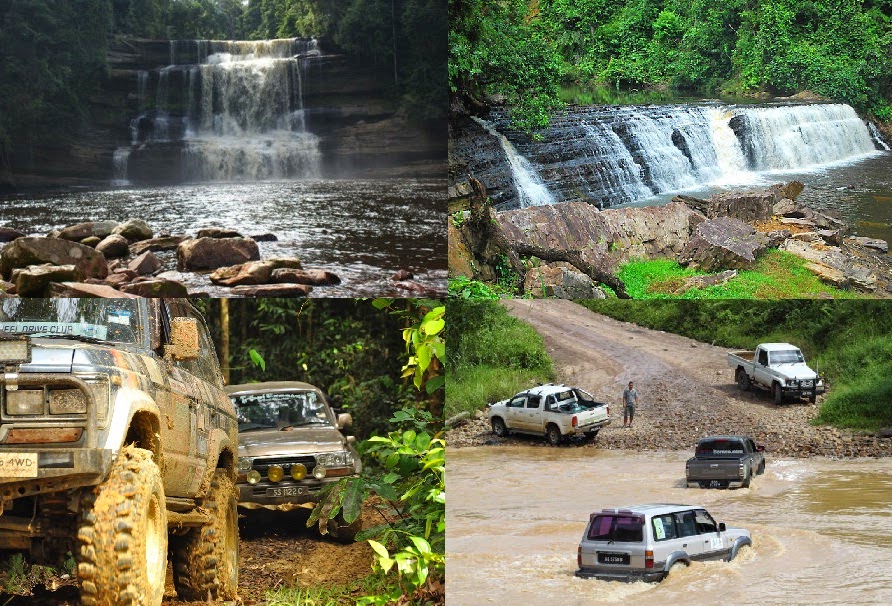Every mother deserves the best, including Mother Earth! With Earth Day
coming up, the Asianparent Malaysia offers you some tips to pamper our
darling Mother Earth by going green!
For a mom, going green is all about sharing easy ways to make a
difference in our health, our kids’ health, and the health of our
planet. Being environmentally-friendly is good for our home and the
Earth.
Moms these days are concerned will all of the chemicals and toxins
that are introduced to their children. If you’re committed to a natural,
healthy home, find workable tips that can help you keep your home and
planet natural and clean.
Going green isn’t hard at all. Here are some small, easy, green choices moms can make in their homes.
Easy ways to go greener at home
Healthy food choices
We all want the best for our kids, but going completely organic can
be daunting. The greater the pesticide load, the greater the reason to
consider buying organic. Choose organic whenever possible and use a
produce wash to rinse pesticides, wax, and other contaminants off of
your fruits and vegetables. Try to reduce your meat consumption,
especially red-meat.
Conserve water
An effortless way to avoid water wastage is to install low-flow
fixtures. Exchange your showerhead for a water-saving variety that saves
a gallon of water a minute. A faucet aerator can immediately cut water
consumption. Also, conserve water by putting your sprinklers on a timer.
Fix leaky faucets. Collect rainwater to water your garden plants as tap
water is treated with all sorts of chemicals.
Simply recycle
Each piece of your trash should have a separate destination. Classify
your waste into landfill trash, recyclables, compostables, green waste,
and old usable items. Create an easy way for everyone at home to sort
their trash into one of these five. Label and inform them about these-
regular trash bins, recycling receptacles, a bowl for compost items next
to the kitchen sink, the green waste bin outside, and a box for
donations.
Reuse or repurpose
Every time you buy a used or refurbished
product instead of a new one, you’re making sure one less product has to
be manufactured, packaged and shipped, and also reducing all the
emissions those processes cause.
For clothes and furniture, check out your local vintage store. Go
paperless and pay all your bills online. Put a stop to unsolicited mail.
Reuse scrap paper. Print on both sides, or let your kids color on the
back side of used paper.
Save energy and fuel
Consider switching to a solar hot water system. You can save nearly
40% on energy costs. Switch light bulbs to CFLs. Preferably switch to
energy efficient appliances. Turn off lights when you leave the room.
Enjoy natural light and don’t turn on lights at all for as long as you
can.
Shut down all appliances when not in use. Drive the speed limit, and
combine all your errands for the week in one trip. If possible walk or
ride a bike for closer distances. Try shopping at your local market
which sells local produce.
Kitchen
Replace potentially harmful cleaning products with safer,
environmentally friendly alternatives while using dishwashing soap,
floor cleaner, wood polish, disinfectants, etc. Consider purchasing a
water filter to purify the water you drink and use for cooking. Use
reusable instead of disposable bags. Buy an inexpensive reusable water
bottle instead of plastic disposable ones.
Bathroom
Replace potentially harmful personal care products and cleaning
products with safer alternatives. Your soap, toothpaste, and anything
you use on your body regularly should be free from toxic chemicals. Air
fresheners, toilet cleaners, tile cleaners, etc. can all leave behind
dangerous residues on surfaces and stay in the air for hours.
Nursery
Consider organic bed and bedding to reduce exposure to potentially
hazardous chemicals emitted from mattresses. Organic clothes are also
recommended because of the heavy pesticides used in cotton. Avoid
particle board furniture, new carpeting, and VOC paints. Using cloth
diapers takes a huge burden off the landfills, and eliminates your
child’s exposure to potentially harmful chemicals.
Laundry
Wash laundry in cold water instead of hot. Save on energy while
avoiding the toxins found in dryer sheets when you wash as usual, then
line-dry them. Not only will clothes smell delightfully fresh, but the
sun even acts as a natural whitener and brightener, even removing set in
stains, so you can ditch the bleach and harsh stain removers as well.
Involve kids
To double our efforts in preserving nature, involve your kids too. By
teaching them the effects of global warming and other grave
environmental issues, they will understand how everyday activities
impact the world at large. It’ll be second nature to them when they’re
adults and make it easier to pass the same down to future generations!
























